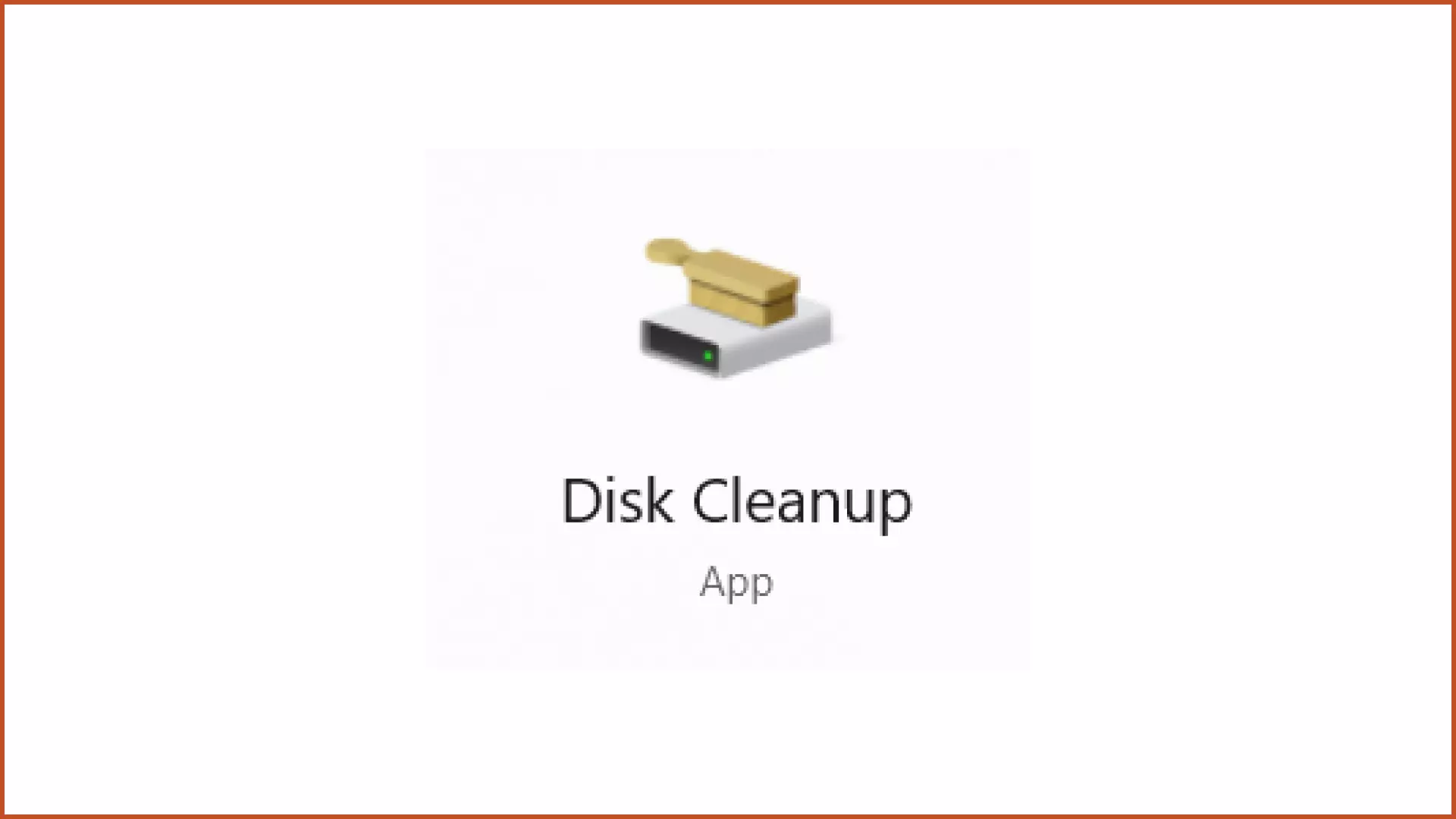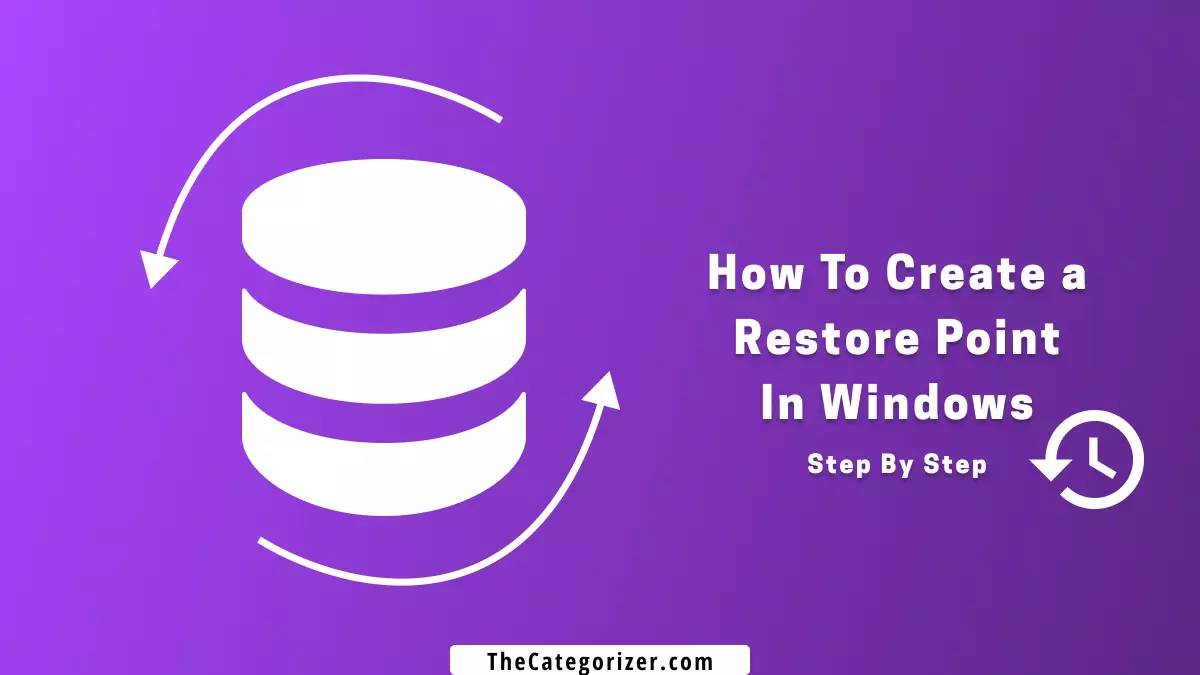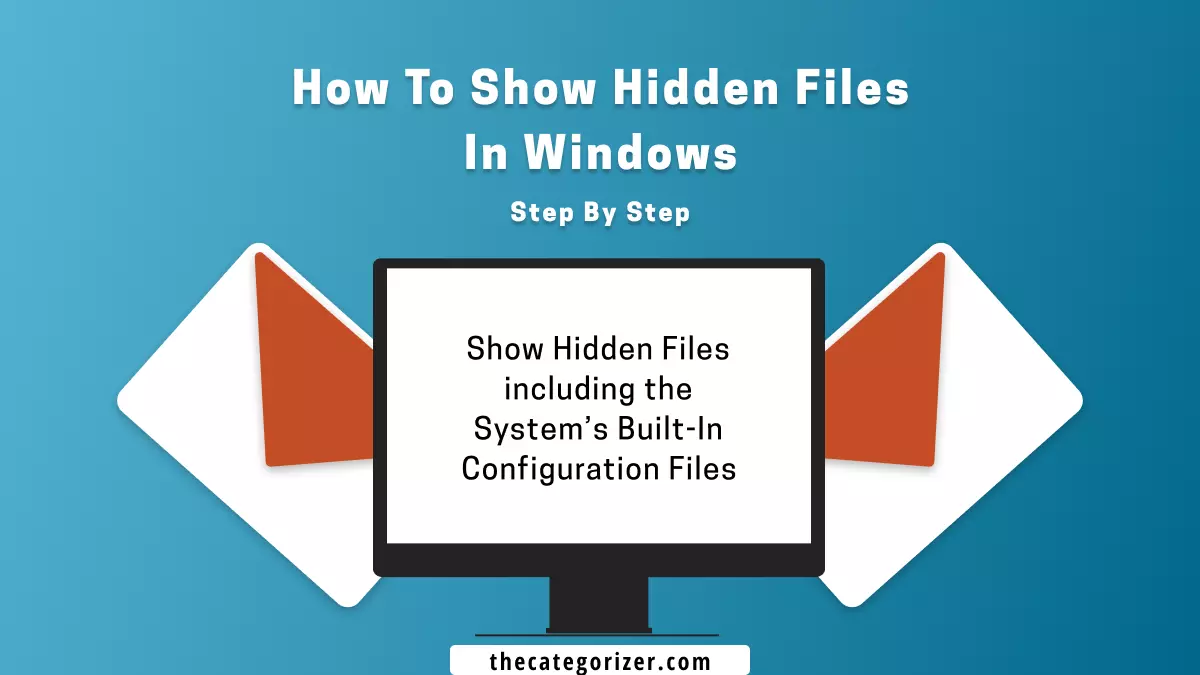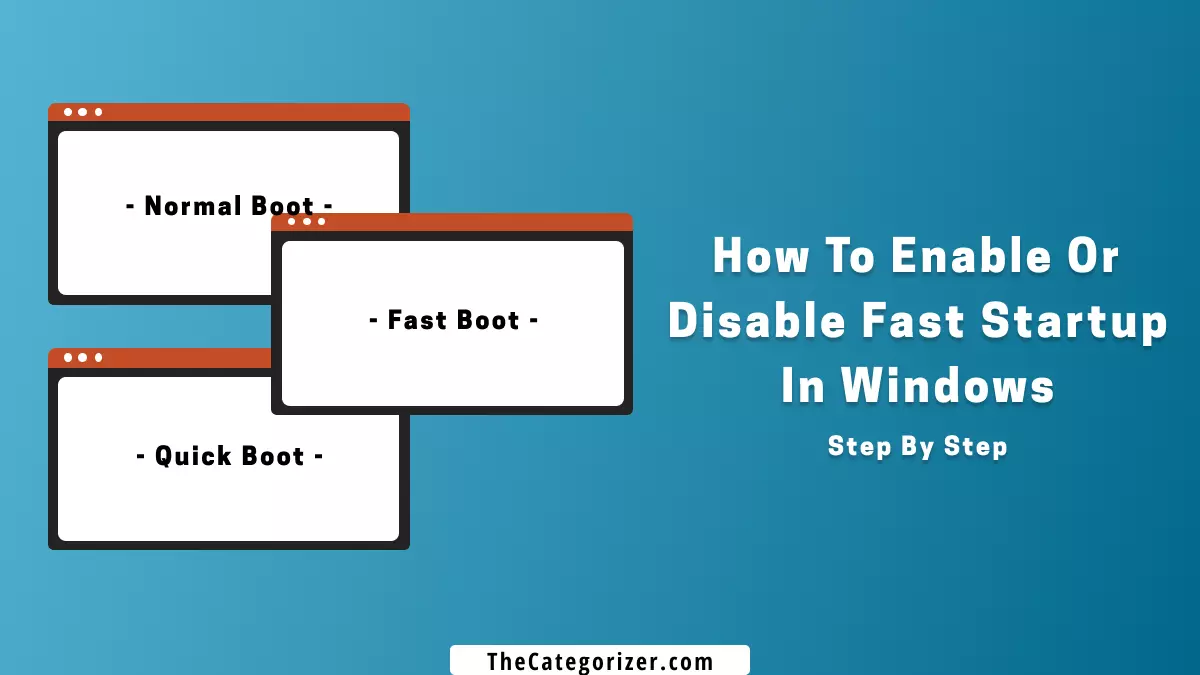Overview – Delete Shadow Copies in Windows
The shadow copies (also called Volume Snapshot Service, VSS) generate a snapshot of a certain moment in time that you may use to restore files from previous versions. Shadow copies are made for all volumes except the system volume unless you allow it.
It appears that your computer has accumulated a large number of shadow copies, resulting in higher storage consumption, so you simply want to delete them.
By the end of this article, you’ll be able to delete volume shadow copies in Windows 11:
1. Delete Shadow Copies using System Properties
Step #1: In the Start menu, search “Create a Restore point”, and open the app.

Step #2: In the system protection tab, click the “Configure” button.

Step #3: Click the “Delete” button and select the “Continue” button to delete all shadow copies.

2. Delete Shadow Copies using Disk Cleanup
Step #1: In the Start menu, type “Disk Cleanup” and run it as an administrator.

Step #2: Select the main drive from the dropdown menu and click the “OK” button.

Step #3: Select the “More Options” tab from the top bar and click the “Clean up” button in the “System Restore and Shadow Copies” section.

Note: This method will delete the restore points from your system as well.
3. Delete Shadow Copies using Command Prompt (CMD)
Step #1: In the Start menu, search for “Command Prompt” and run it as an administrator.

Step #2: To list all the restore Points in cmd, type the following command and press the enter key to execute it:
vssadmin list shadows.

Step #3: To delete a selected recovery drive, type the following command:
vssadmin delete shadows /Shadow={shadow copy ID}

Note: To delete all restore points at once using the command prompt, type the command: vssadmin delete shadows /all and press the enter key to execute.
4. Delete Shadow Copies using PowerShell
Step #1: Run the PowerShell from the Start menu as an administrator.

Step #2: To delete shadow copies using PowerShell, type the command: shadowcopy delete /nointeractive.
FAQs Related to Restore Points in Windows
What is the difference between Restore Point and Shadow Copy?
At the time of taking the snapshots, any data that remains untransferred to the disk will be lost. However, when a restore point is used, you’re not generating a new duplicate of the disc in question; instead, you’re instructing Windows to start recording changes to it and to back up the original version so you can go back to it if something goes wrong.
Next Steps
We’ve covered how to delete shadow copies in Windows 11. You can choose any of the methods that you find convenient to follow.
Deleting old shadow copies of your hard disk is an easy way to get more storage space, especially if you are running low on disk space. However, it’s better to back up the deleted snapshots first in case you need them in the future.
Further, configure the computer’s settings to customize it depending on your preferences.
Related Articles
Delete Temporary Files Automatically in Windows
Auto Remove Temp Files in Windows 11 to free up space on your computer after fixed intervals automatically.
How To Create a Restore Point in Windows 11
Create a restore in Windows to revert the system to its earlier stable state, in case of misconfigurations.
Show Hidden Files in Windows
Configure the built-in Windows settings by showing the hidden files.





